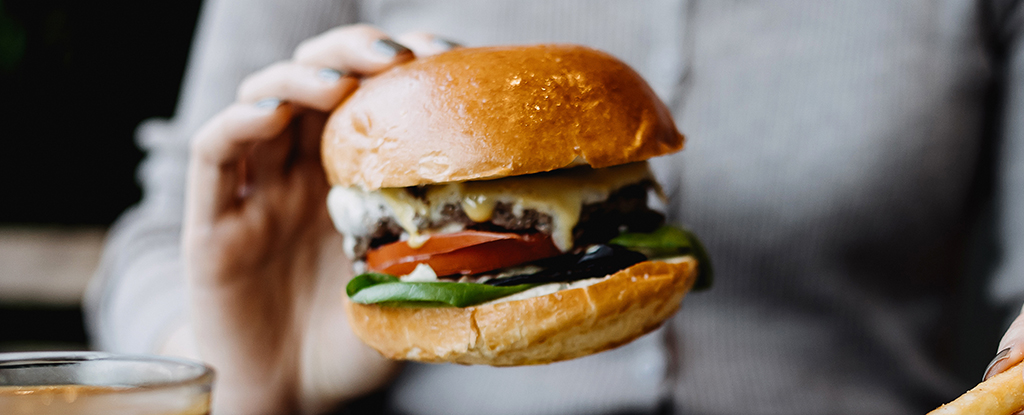By now it’s well established that meat and dairy are at least partly to blame for the climate crisis. And without coming off our addiction to animal products, we won’t be able to avoid dangerous levels of global heating.
What is less clear is what to replace your burger and cheese with. What’s best for your health and the planet? And what about your wallet? These are the questions I tried to answer in a new study.
I combined assessments of meat and milk alternatives which compared their nutritional profile, health benefits, environmental impact and cost.
Among these plant-based alternatives were traditional products such as tofu and tempeh, processed options such as veggie burgers and plant milks, products still under development such as lab-grown beef and unprocessed foods like soybeans and peas.
The assessments featured several ways of comparing foods, including per serving or calorie, and on their own or when replacing a person’s present intake of meat and dairy.
Beans beat the lot
The findings show that unprocessed plant-based foods, such as soybeans, peas and beans are best suited for replacing meat and dairy.
Choosing legumes over meat and milk would halve nutritional imbalances – the overall difference between current and recommended intake of nutrients – in high-income countries like the UK, US and across Europe.
And it would cut the number of people dying by a tenth, especially from diet-related diseases like heart disease, stroke, cancer and diabetes.
The amount of land and water needed to grow our food and the amount of greenhouse gas emissions produced as a result would more than halve, and food costs would fall by more than a third.

Veggie burgers and plant milks in second
Processed plant-based foods such as veggie burgers and plant milks still offer substantial benefits for anyone seeking to replace meat and dairy.
But the emissions reductions and health improvements were a fifth to a third less than what unprocessed legumes offer, and costs to the consumer were a tenth higher than those of current diets.
For both processed and unprocessed alternatives, most of the improvements in nutrition and disease risk came from increases in fiber (though processed alternatives tend to contain less), potassium and polyunsaturated fatty acids, and from reductions in cholesterol, saturated fat and animal-based (heme) iron.
Both processed and unprocessed plant-based alternatives had a lower environmental impact than meat and milk, as they generate less emissions and consume less land and water to make.
Processing food, by making veggie burgers and plant milks for instance, requires energy, which typically raises costs and emissions. However this does not eclipse the environmental benefits compared with meat and dairy. It does mean that processed alternatives typically cost more than unprocessed ones.
So, unprocessed legumes such as peas and beans were the clear winner in the study. They performed well from all perspectives, including nutrition, health, environment and cost.
But a surprising runner-up was tempeh, a traditional Indonesian food made from fermented soybeans, which retains much of the nutritional properties of soybeans without much processing or additives. This, and its relatively low cost, gave it an edge over more processed alternatives such as veggie burgers.

Lab-grown in last place
Another surprising finding concerned lab-grown meat. Despite the difficulty of assessing a product that is not yet on the market, existing data suggests it will not be competitive with meat alternatives, nor meat from slaughter.
Using current technology that consumes a lot of energy to grow animal tissue in a lab, cultured meat’s emissions can be as high as those of beef burgers while costing up to 40,000 times more. By replicating beef, the health impacts of lab-grown meat are similarly bad.
Although costs and emissions could fall as production processes become more efficient, this would require substantial investment and technological advancements.
Public investment in both lab-grown meat and ultra-processed plant-based replacements may not be justified considering their relative impacts. Readily available alternatives are affordable and do not call for new technologies or product development.
What is required, however, are prudent public policies that support everyone to eat healthily and sustainably.
It’s worth saying that the best replacements for meat and dairy are not only whole foods, but whole meals.
Why not try to cook a bean chilli, chickpea curry, or tempeh stir-fry? Or, how about some crushed peas on dark bread? ![]()
Replacing your average fast-food meal with a mix of legumes, veggies and whole grains offers not only a more balanced serving of nutrients but also lowers your environmental footprint at a similar or lower cost to your wallet.
Marco Springmann, Senior Researcher on Environment and Health, University of Oxford
This article is republished from The Conversation under a Creative Commons license. Read the original article.





